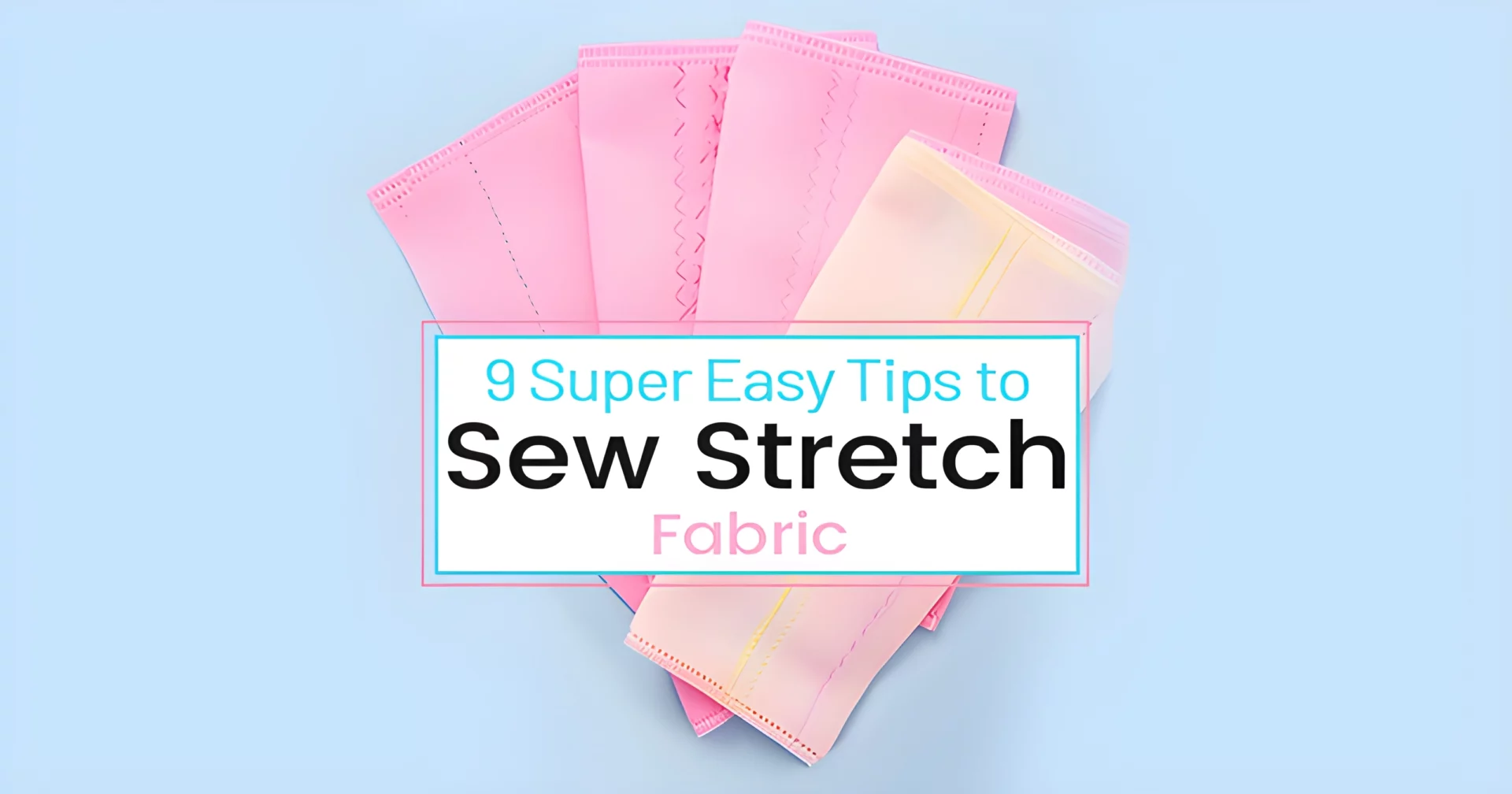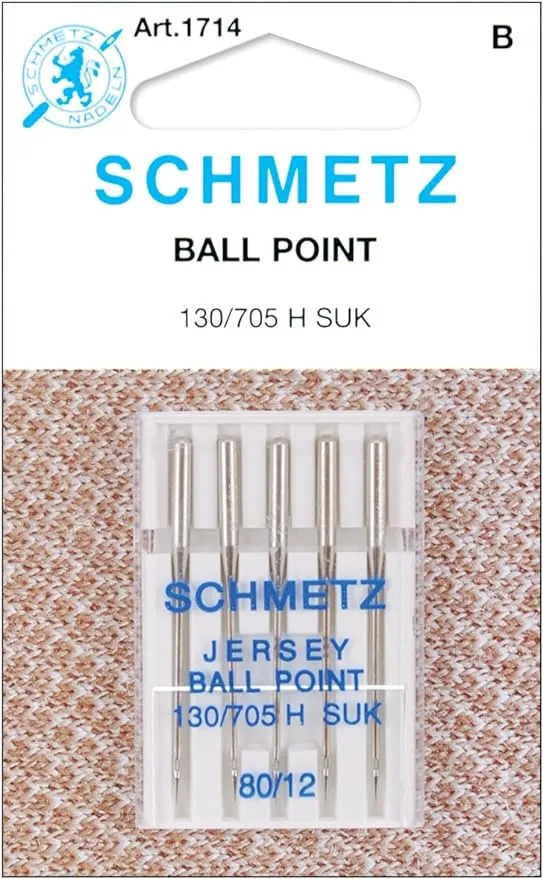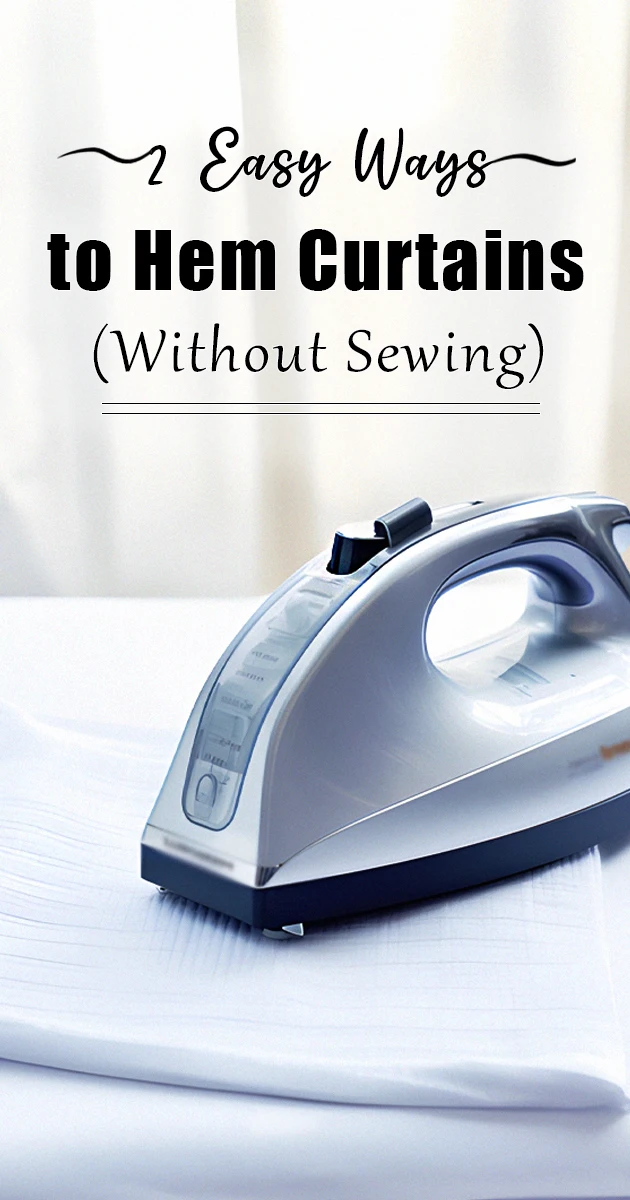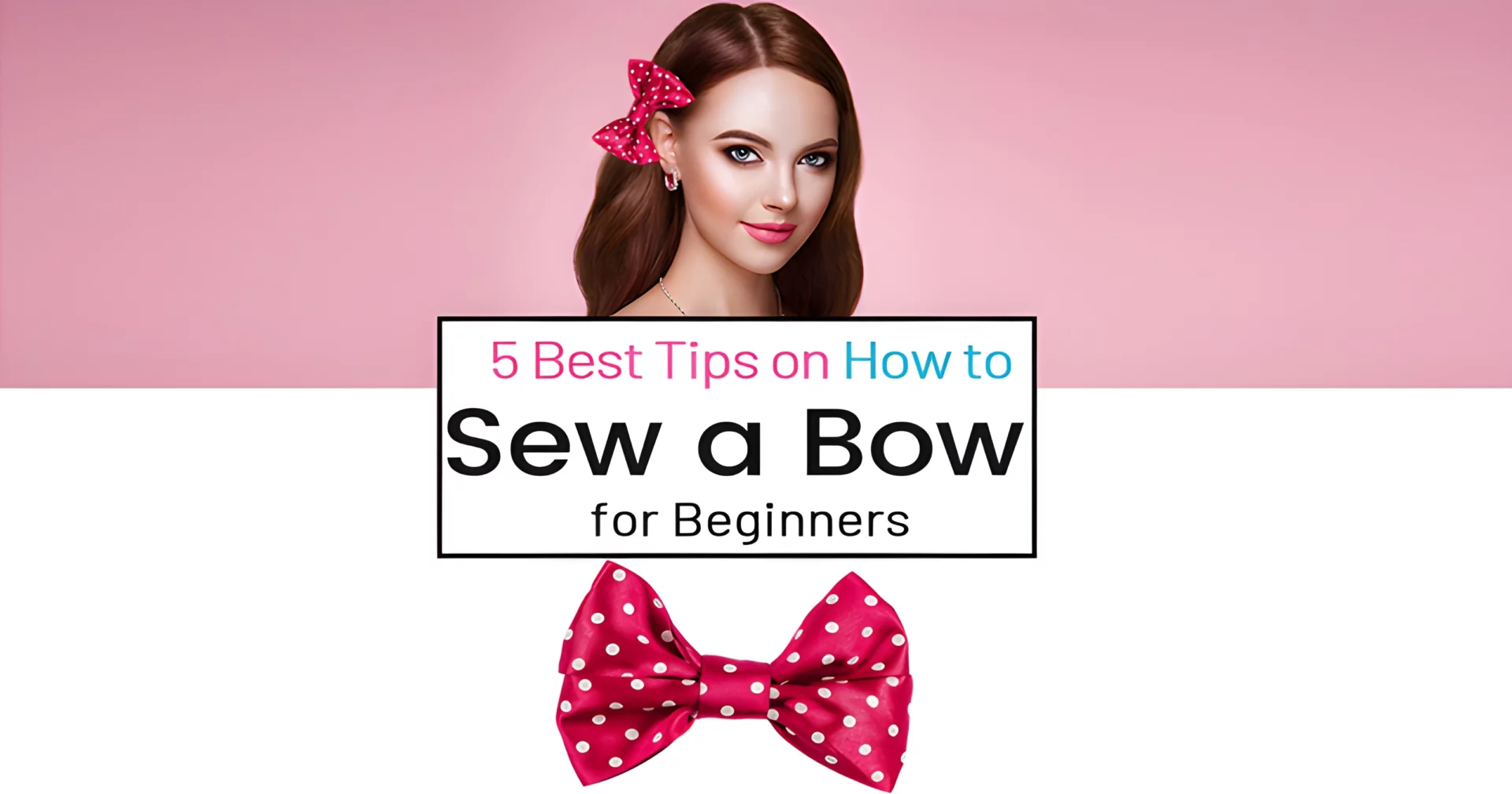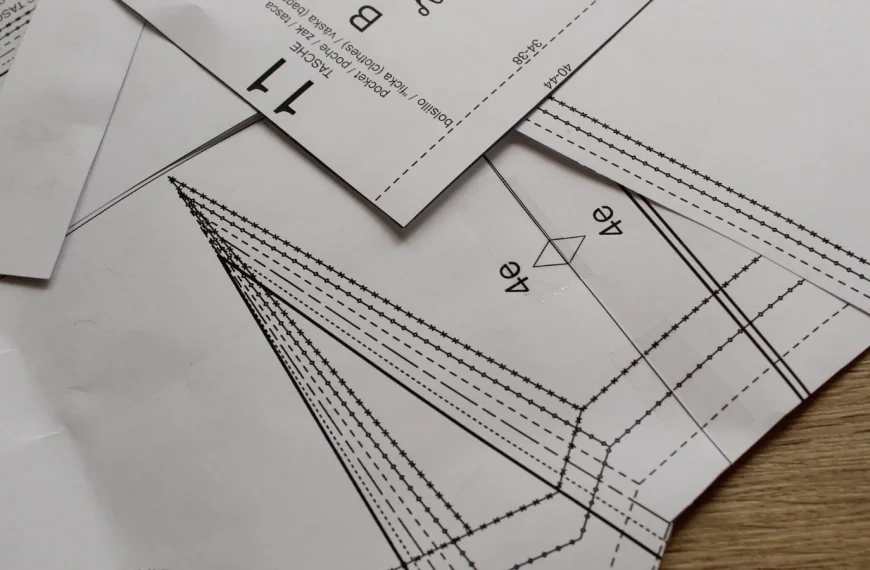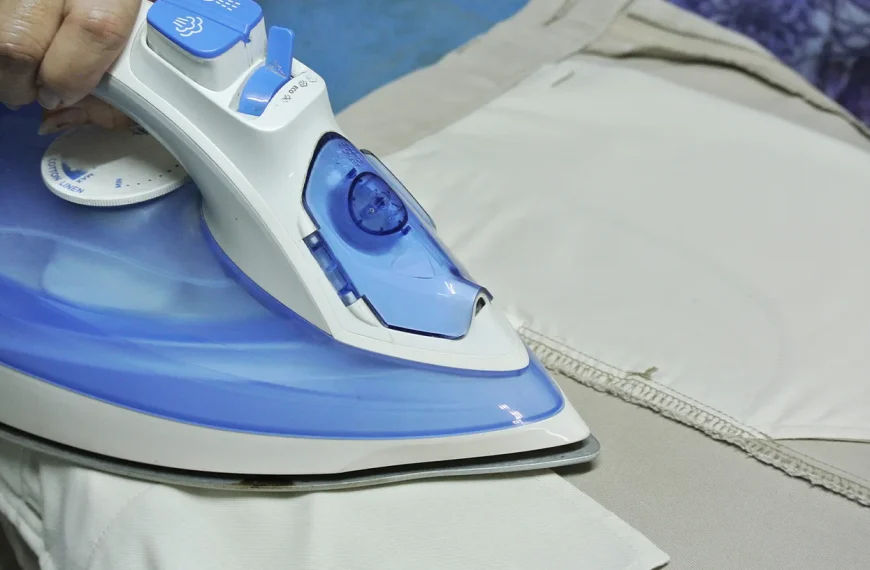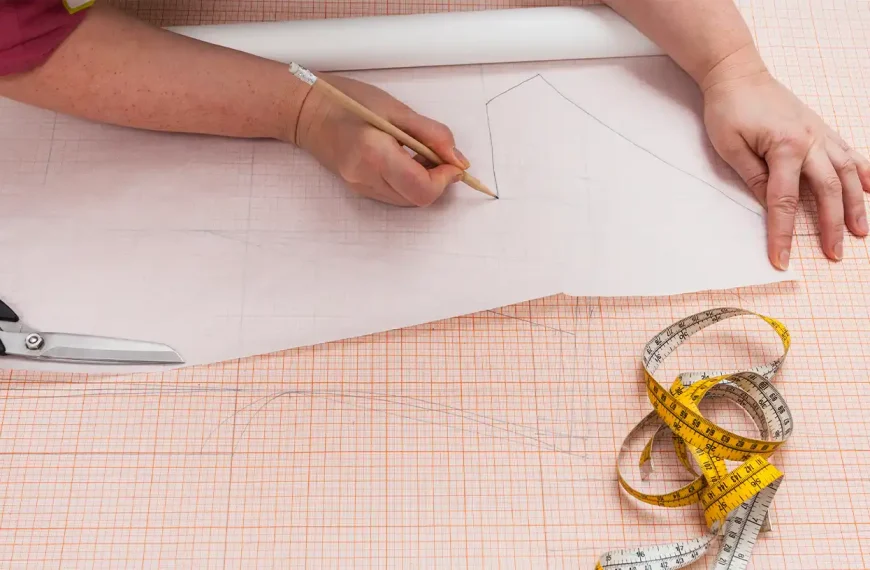Are you tired of hesitating when you see those elegant stretch fabrics at the fabric store because you don’t know how to sew them? Well, no more hesitation! It’s quite easy to sew stretch fabric. In this article, we will provide 9 easy tips to help you know how to sew stretch fabric. So, get ready to master the world of sewing stretch fabric!
Discover the Allure of Stretch Fabric
Brief History
Stretch fabrics evolved from the scientific effort to make fibers using neoprene. From this research, in 1958, commercial stretch fabrics (“elastomerics”) such as spandex or elastane (widely branded as “Lycra”) were brought to the market.
Characteristics
Stretch fabric is a type of textile that has the ability to stretch and return to its original shape. It is made partially of elastic fibers such as lycra, elastane, and spandex.
The biggest characteristic of it is its elasticity and wrinkle resistance, which means it can maintain its original shape even after numerous washings. The second characteristic is its comfort and breathability, which are perfect for active wear and garments. Another characteristic is its versatility. Stretch fabric comes in various types, colors, and styles, so you can use it on many different occasions.
10 Common Types of Stretch Fabric
- Elastane/ Spandex/ Lycra: different names for the same synthetic fiber
- Nylon: the oldest synthetic stretchy fabric
- Mesh: net-like appearance
- Neoprene Rubber: resilient to extreme temperature changes
- Jersey Fabric: a knit fabric traditionally made from wool
- Tulle: a variation of mesh fabric
- Viscose Jacquard: another fine, drapey material like tulle
- Wool: a natural fabric made from animal fleece fiber
There is still a category of stretchy fabrics: 1-way, 2-way, and 4-way stretch fabrics. 1-way stretchy fabric means its percentage of stretch is very low. 2-way stretchy fabrics are comfortable to wear but aren’t good for sportswear. Also, one kind of it cannot return to its original shape. 4-way stretchy fabric has much better elasticity and is perfect for sportswear.
Various Uses of Stretch Fabric
In the beginning, people used stretchy fabric mainly in women’s swimsuits and bras. After that, due to its knit design, stretchy fabric started to be used in athletic sportswear. With the advancement of craft, stretchy fabric can be found in numerous products in all directions, like women’s clothing, sportswear, underwear, yoga pants, skinny jeans, and home pajamas.
9 Tips on How to Sew Stretch Fabric by Machine
After knowing so much about stretch fabric, won’t you be more curious about learning how to sew stretch fabric? Now, it’s your turn to start a new sewing adventure! Here are 9 tips to sew stretch fabric by machine, which will provide a list of points you need to focus on.
Prepare Your Fabric
It’s always a good habit to wash and iron your fabric before starting sewing. Doing this can ensure that your finished project looks neat, crisp, and professional. But don’t forget to check the washing instructions first.
Needle
When you start to sew stretch fabric, you’ll find that the fabric can easily get stuck or skip stitches, which will cause a lot of trouble for you and make your machine a total mess. So which type of needle you choose is very important.
Due to its special features, a rounded-tip needle, like a ballpoint or stretch needle, is much better to sew stretch fabric than any universal needle. These two kinds of needles work by sliding between the threads of the fabric instead of piercing through it. The round shape allows the needles to slide smoothly and ensure neat and unbreakable stitches, which can reduce puckering.
If you are sewing highly elastic and super stretchy fabric like spandex, stretch needles are the best.
Thread
To make the sewing process easier for you, basic cotton thread is not enough because it has no stretch and may cause your fabric to wrinkle. So you need to choose a stronger type of thread, and durable polyester thread is your best choice to sew stretch fabric. Polyester thread is one of the strongest threads on the market. Not only can it provide the strength you need, but it can also create smooth, secure, and long-lasting stitches.
Polyester thread can work in different stretchy fabrics, no matter what kind of garments or accessories you are making. It also comes in various colors, so you can easily find a matching color for your project.
Marking
If you need to mark the patterns on such slippery and stretchy fabric, try to use chalk or erasable pens. Don’t worry about the markers. They can be easily erased afterwards.
When marking the fabric, you need to hold the fabric tightly and only mark a small part at a time. In order to make your markers clear enough, choose a contrasting color with your fabric.
Cutting
A pair of sharp scissors is good for cutting the stretchy fabric. But the fabric often moves and slides during cutting, which will cause jagged edges and imprecise cut lines. So to save time and get accurate cut lines, we recommend a rotary cutter with a self-healing mat.
When cutting, you should keep track of your previous markers and keep the fabric as relaxed as you can. You’d better cut a single layer at a time to prevent the fabric from slipping and sliding apart. If you cut several layers together at a time, you may find the cut lines are a total mess, not to mention the waste of fabric and time.
Pinning
Using pins will leave holes or cause runs on some fabric, especially when you sew knit fabric. Alternatively, the better tool is the quilter’s clips because they don’t have to pierce through the fabric.
If you have no quilter’s pins at hand, ballpoint pins and extra-fine pins are also good alternatives.
Sewing Machine Settings
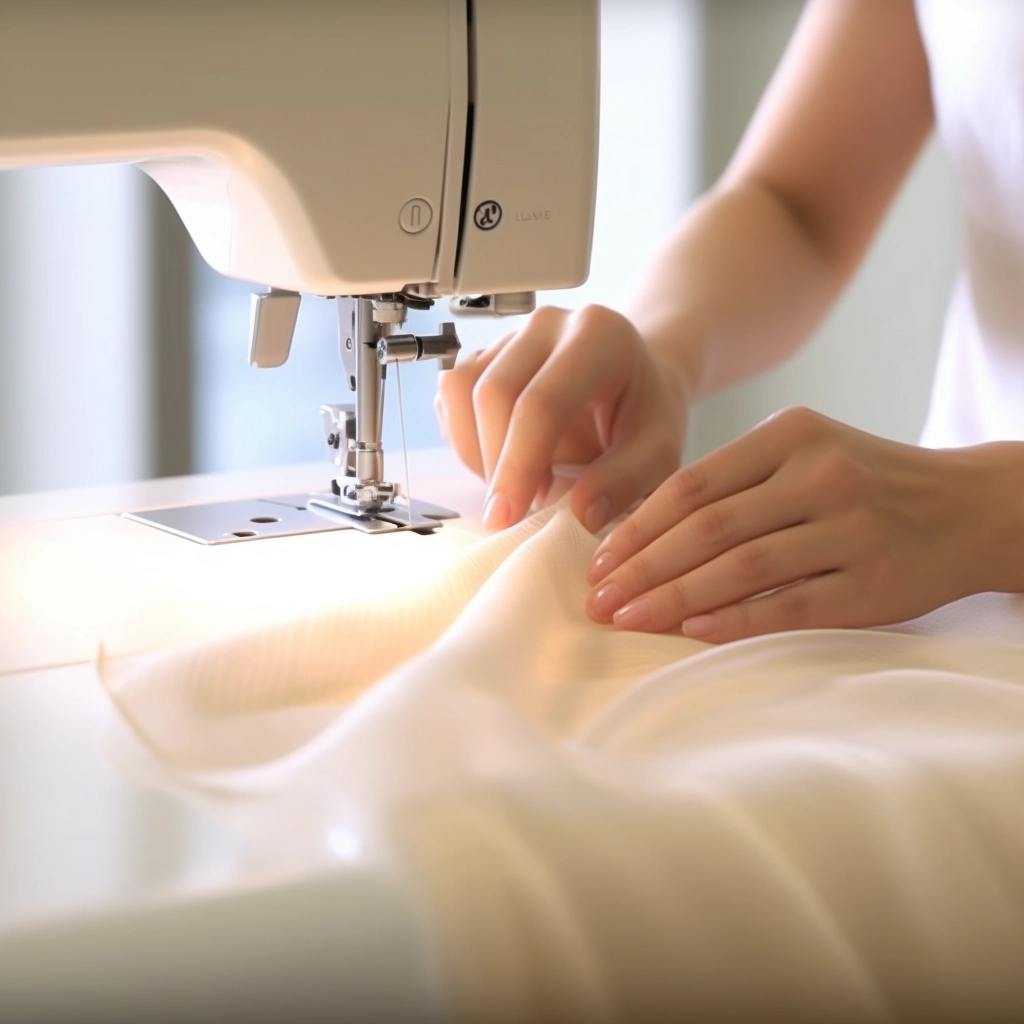
It’s OK to sew stretch fabric without a serger. A regular home sewing machine is good enough; it just needs several changes of settings. You may wonder why you need to change the settings. The reason is that the typical straight stitch for sewing woven fabric can’t stretch and will break easily. To avoid all these troubles, you have to change your sewing machine settings.
Machine Feet
Compared with other machine feet, a walking foot is the most suitable one to sew stretch fabric. The walking foot helps all layers of the fabric enter the machine evenly, create smoother stitches, and reduce broken threads and snagging. A wide straight foot or a roller foot can be used alternatively.
To stabilize the fabric, you can use a stabilizer like fusible knit interfacing or spray starch. These tools can ensure the fabric doesn’t get stuck.
Stitch Settings
Nowadays, many types of stretch stitches are available on sewing machines. So we will only list 5 stitches that are the most common ones.
- Zigzag Stitch: A basic zigzag stitch is a great choice for sewing seams. It can help avoid broken threads and allow the fabric to stretch without breaking the stitches. It also works especially well for fabric with holes.
- 3-Step Zigzag or Tricot Stitch: A 3-step or tricot stitch is better for sewing light-weight fabrics.
- Lightning Stitch: A lightning stitch belongs to zigzag stitches with one long side and one short side. It looks similar to a straight line, but it can let the fabric stretch. It is suitable for bulk fabric.
- Triple Straight Stitch: A triple straight stitch is a very strong stitch that is made by stitching forward, backward, and then forward again. It looks like a straight line too, but it is thicker and more obvious.
- Straight Stitch: If your machine is really basic, you can use a straight stitch. While sewing with stretchy fabric, stretch the fabric gently.
To select the most suitable stitch length, remember to test on a sample before starting your sewing project. This will reduce unnecessary mistakes.
With these recommended machine feet and stitches, it can keep your seams even, smooth, and crisp.
Hemming Techniques
Basic double-fold hems are good with woven fabric, but they can’t match with stretch fabric. Because double-fold hems will create unnecessary bulk and make the hems a mess. Professional hems can be made by a coverstitch machine, which is not common for homemade sewing.
But if you really want to make similar hems to sew stretch fabric, you can try using a double needle to sew a double row of stitches on the right side of the fabric. The double stitches can help prevent the hems from rolling and create flat hems.
How to Sew Stretch Fabric by Hand
It seems that it’s much easier to sew stretch fabric by machine. But you can also sew stretch fabric by hand, only with more time, patience, and sewing skills.
The materials you need are similar to the ones machines need. While sewing by hand, you need to sew with small, straight stitches so that the finished item can be better.
How to Wash and Dry Stretch Fabric
To maintain the elasticity of stretchy fabric, always wash your items with cold water and dry in the air. To prevent your fabric items from twisting or over-stretching, put them inside a mesh garment bag and use the gentle or delicate cycle on your washing machine.
Conclusion
In conclusion, it’s both a worthwhile and challenging project to sew stretch fabric. But with the right sewing skills and tools, you can create professional items. Here are some key steps during the process:
- Choose the right needle and thread.
- Choose the most suitable stitch.
- Consider stabilizers.
- Test on samples.
- Practice your patience and skills.
Follow the above 9 tips, and you can create your own unique stretch fabric project!
Learn more about how to sew mesh fabric, which belongs to stretch fabric.

